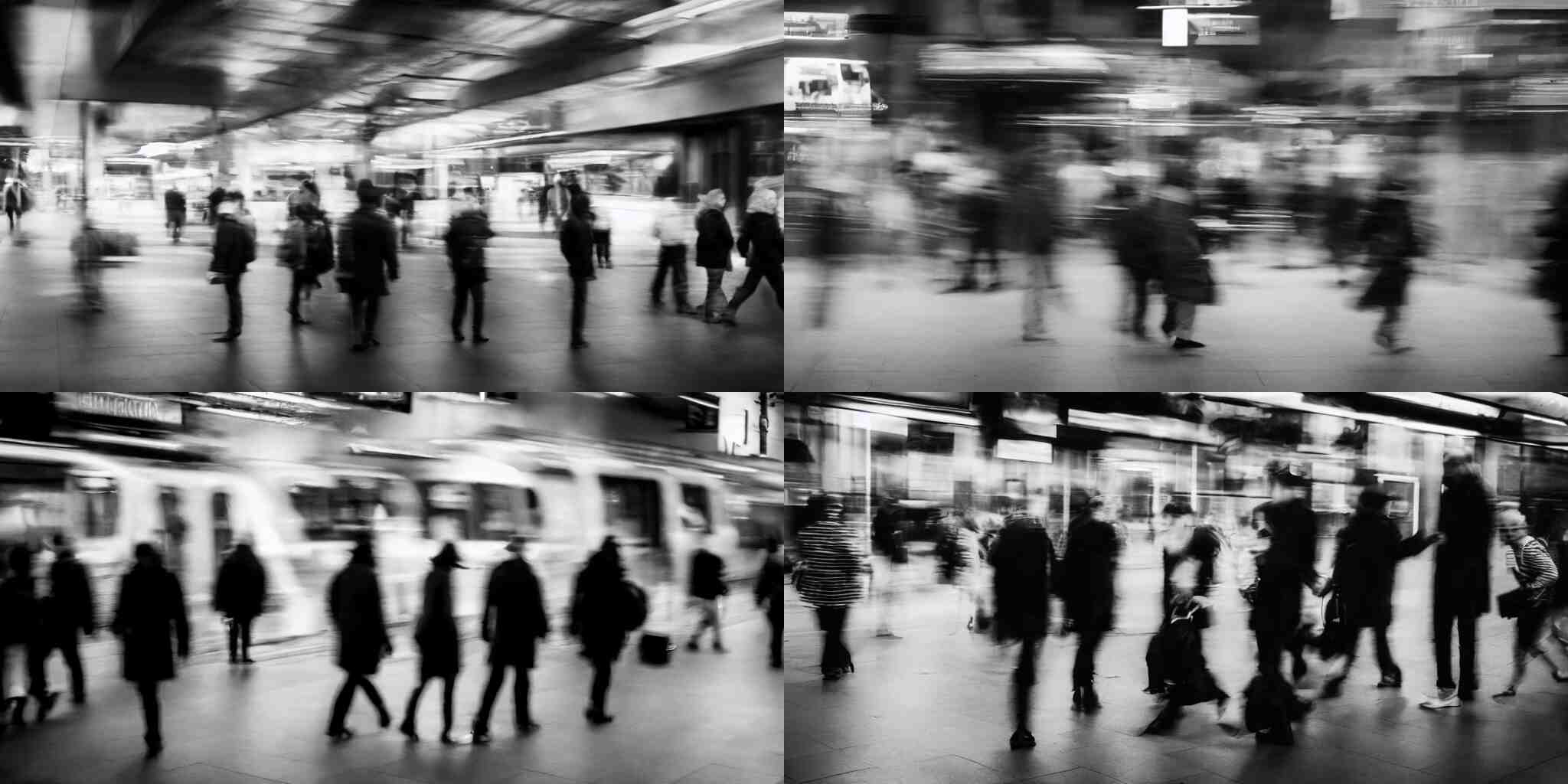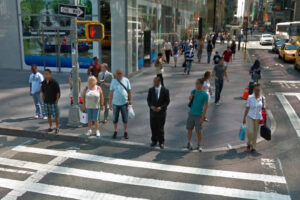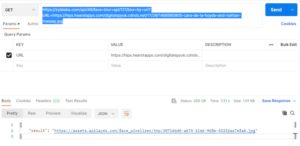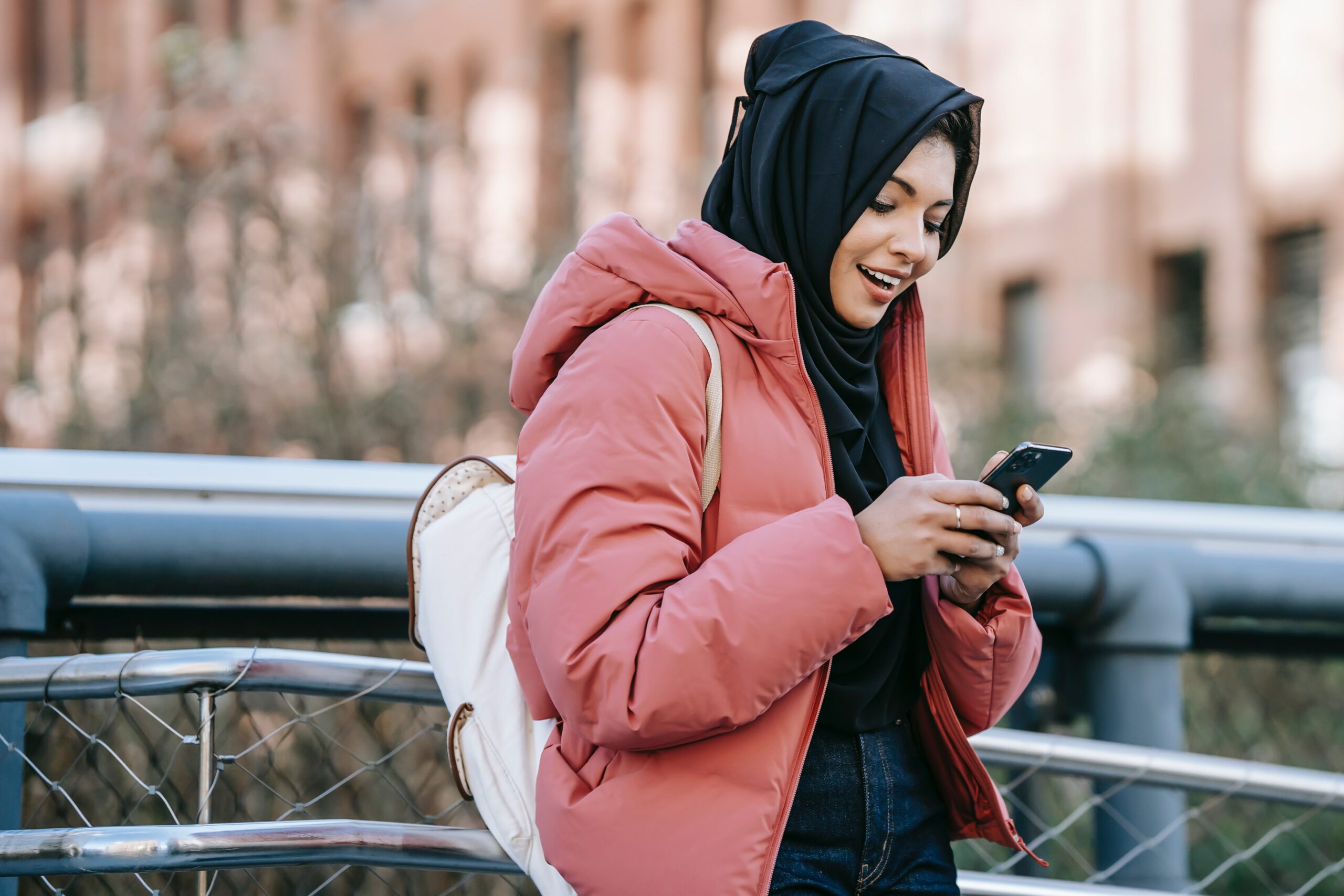Are you a publisher who wishes to ensure the photographs you post don’t contain anything unpleasant or that the persons in them aren’t identified personally? You ought to be aware of the risks associated with posting photographs online and how to safeguard yourself from them, then. We’ll explain how to accomplish it to you in this article. Read this article to get started.
Images Made Public And Private
Public images are pictures or films that have been taken by security cameras or other devices in public places. They can be used for a number of things, including public safety, crime prevention, traffic management, and surveillance.
Recent developments in AI have made it possible to classify security camera images automatically. These AI systems can recognize and detect many items, including people, cars, and license plates, and they may use this data to increase security and automate procedures like looking for suspects.
How Can We Secure Them?
The privacy of the people seen in public photos is a significant worry, despite the fact that their use is expanding. Different techniques have been developed to blur or disguise faces in public photos in order to safeguard people’s identities.
One such technique is known as “facial blurring,” which makes use of software to recognize and automatically blur a person’s face in a digital image. This aids in preserving individuals’ privacy and guards against the exploitation of their personal data.
Tools For Creating Secure Images
Although the internet is a huge area, it is also relatively open to the public. Anything you post online is accessible to anyone with an internet connection. You risk getting into problems if you upload something that is inappropriate or breaks the posting guidelines of the website where it was put. You can run into issues with the website or, worse yet, the law. Because of this, a number of technologies, including APIs, have been created to make the work easier.
A set of guidelines and procedures known as an API enables interoperability across various software applications. A face-blurring API in this case would offer a set of programming guidelines that allow programmers to include face-blurring capabilities in their own apps.
Developers would be able to transmit an image to a server using an API, for instance, and the server will utilize artificial intelligence (AI) algorithms to automatically identify and mask any faces in the image. The blurred image would then be returned by the server to the developer’s program, where it could then either be processed further or shown to the user.
There are numerous businesses and groups that provide face-blurring APIs, including both paid and free options, however, we advise you to attempt Face Blur API.
How To Generate Secure Images Using This Face Blur API
This API is very straightforward and simple to use. All that is required is:
1-Create an account at Zyla API Hub to sign up for the Face Blur API. You will then be given an API key.
2-Enter the image URL where you want the blurring or deletion to occur.
3-Call the API and await the response.
All there is to it is that! You will immediately be sent a new image URL with the blurring or deleting effects applied!






